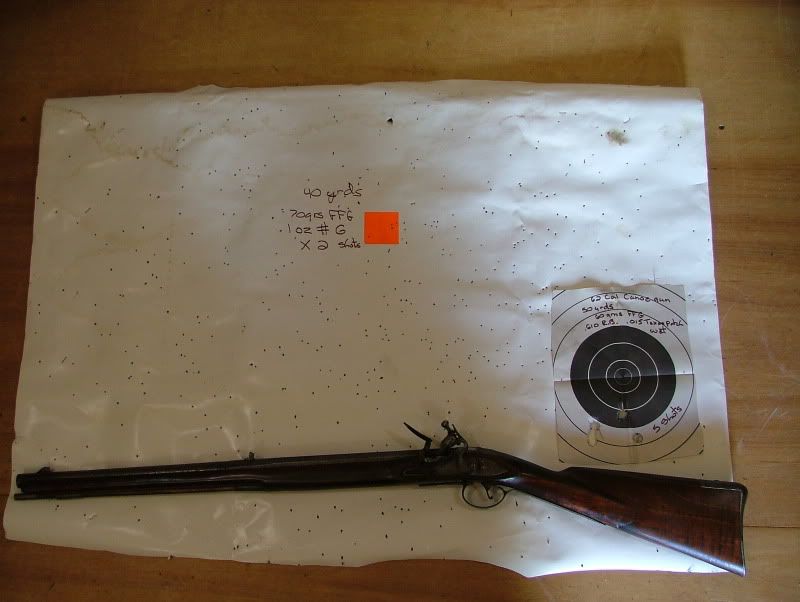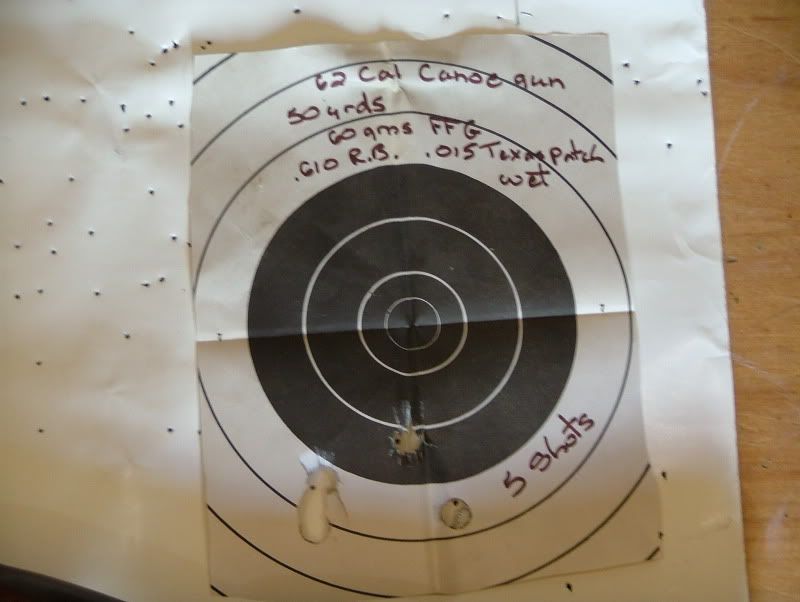- Joined
- May 28, 2006
- Messages
- 1,692
- Reaction score
- 15
Yes ! Me too !!!

CoyoteJoe said:Since this has gone to seven pages I may as well ad my own two cents. I'm thinking strictly of performance in the field, I know nothing of historical accuracy.
I think that in terms of roundball performance barrel length means very little beyond the obvious effect of sight radius. With birdshot I think it does make a considerable difference.
I consider anything under 28-30 inches as a short barrel and anything under 24" as very short. I believe the issue is gas pressure at the muzzle, purely my theory of course. For any given load the pressure will be higher if the muzzle is closer to the breech. High gas pressure is still pushing the wad and shot column so when the shot escapes the confines of the bore that high gas pressure will drive the wads into the shot column, thus disrupting it. Any very slight disruption and deviation from a straight line course occurring right at the muzzle will be multiplied many times over as the pellets continue downrange, thus a very wide pattern spread.
Why do people saw off shotgun barrels but to get a wider pattern spread? Why were blunderbusses much shorter than same caliber muskets but to get a wider pattern spread.
I don't give a fig what it's called or how many were made in 1787, if you like short barrels go for it. I don't think you'll lose much in roundball ballistics or accuracy but with shot you'll have to accept some limitations.


Enter your email address to join: